A sustainably-minded holiday house draws from its Dharamshala context
New Delhi-based architect Martand Khosla designs a weekend retreat rooted in traditional materials and techniques for a Delhi-based family of four
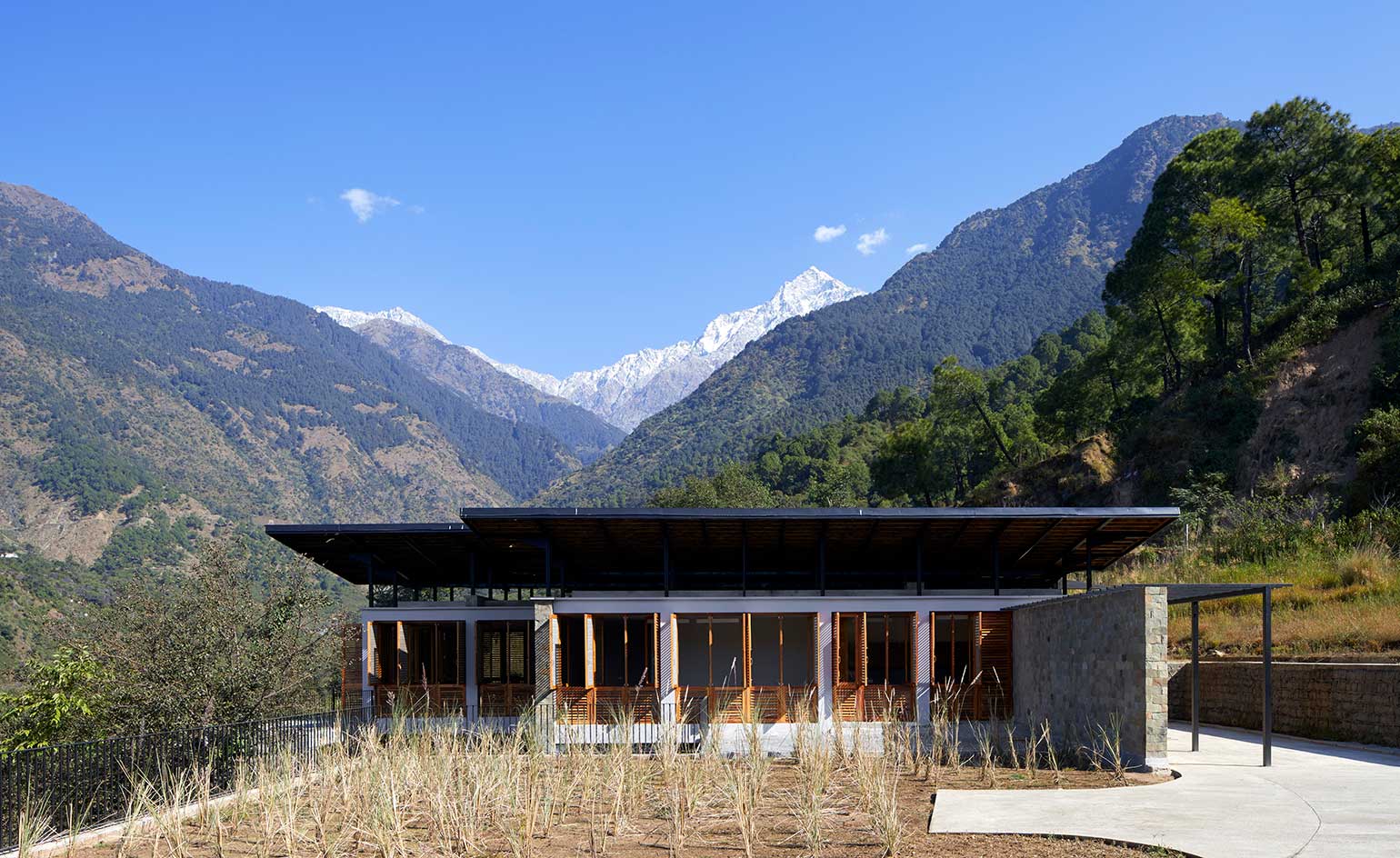
The Indian city of Dharamshala is best known as the centre for Tibetan culture in the country – a place of pilgrimage, religion and spirituality – and for its famous patrons. The Dalai Lama’s official residence is here, and movie stars such as Richard Gere and Uma Thurman are said to be frequent visitors (such is the influence of celebrity there’s even talk of installing a Hollywood-style sign on the city’s hills). The surrounding rural district of Kangra is an area with significant natural charms, and its deep forests and high mountains were a key point of reference for New Delhi-based architect Martand Khosla, founding partner at Romi Khosla Design Studios (RKDM), who was tasked with designing a holiday house about 15km from the city.
Set between farmland and a lush forest on the Dhauladhar mountain ranges of the Himalayas, the site is in an area where other structures are few and far between. Khosla drew inspiration from the surroundings but, for him, context is not just about pretty views. ‘Context has to mean something much deeper, particularly now that our planet is moving in a certain direction. Context also means materiality, local skill and community. We wanted to impact positively the local economy and industry.’
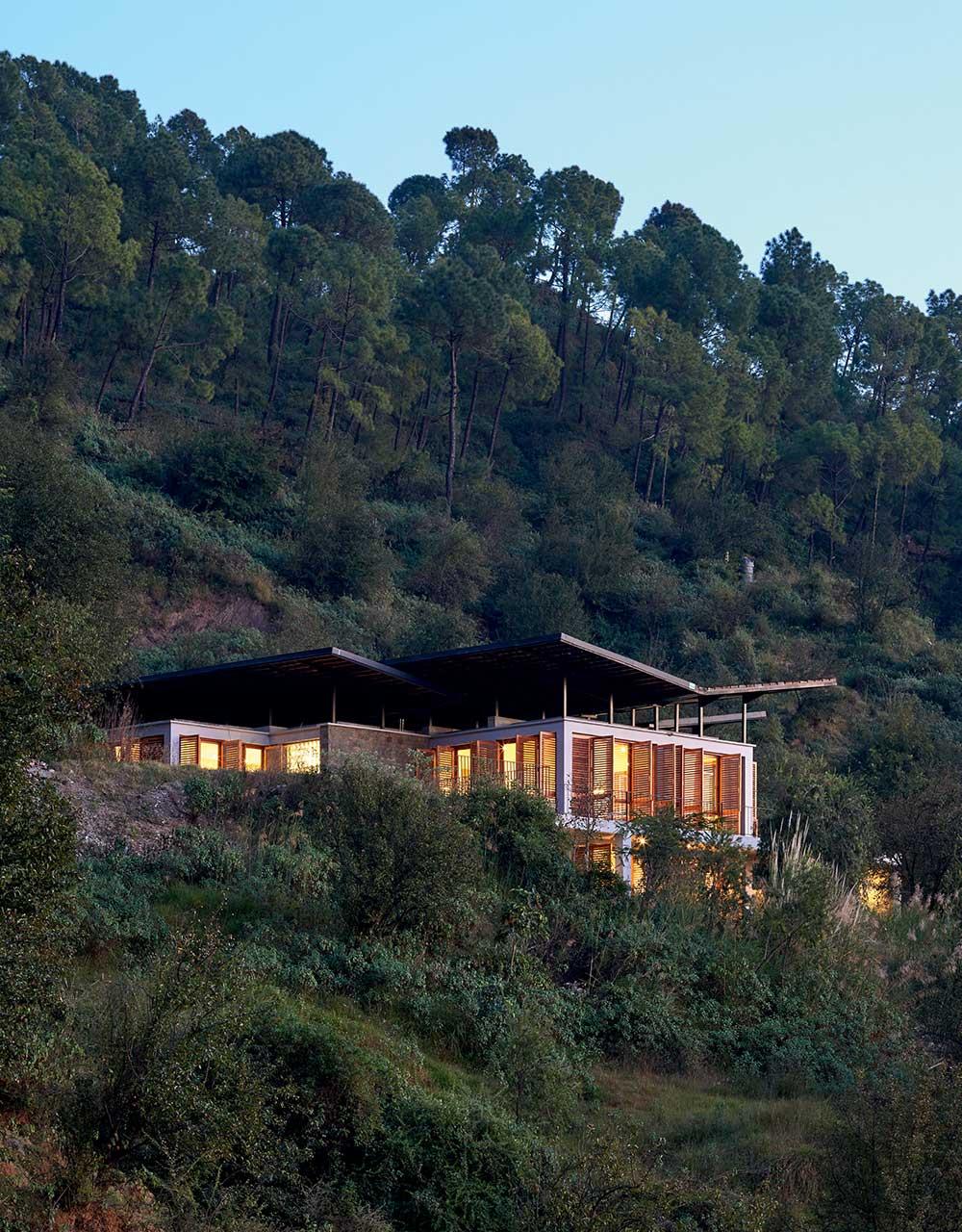
With that in mind, he created a residence that feels modern but is rooted in traditional materials and techniques. Called Flying House, it has been built using local resources – stone, stabilised mud brick, slate and pine. ‘Even though it is a high-end, contemporary house, we were not looking for the obvious luxurious solutions,’ says Khosla. A lot of the earth and stone dug out from the site during the foundation excavation went back into the construction. Building site wastage was minimised and a lot was recycled, making this house quite literally of its place.
Stabilised mud brick– one of the structure’s main components – is a relatively new method for building sustainably, and the architects decided to train local builders in its use. They organised this in workshops for about ten people, which were led by skilled craftsmen from the plains, who also taught workers how to use equipment from Development Alternatives (a social enterprise for sustainable solutions in India) to make the bricks. This way, not only would the local stonemasons be able to build this particular house, but they would be able to master the craft and continue using it in the future.
The double roof that inspired the house’s name is inverted, ‘following a V shape and the direction of the landscape’, says Khosla. ‘We wanted the house to open up to nature,’ he adds. This is achieved through the property’s form, and also the orientation. ‘We wanted to incorporate the views, as the house is high up a hill, and looking down you see the forest’s amazing emerald green.’ Large glazed openings make the structure feel light and transparent. The windows are protected by elegant pine shutters, which create an intricately articulated façade, as well as safeguarding privacy.
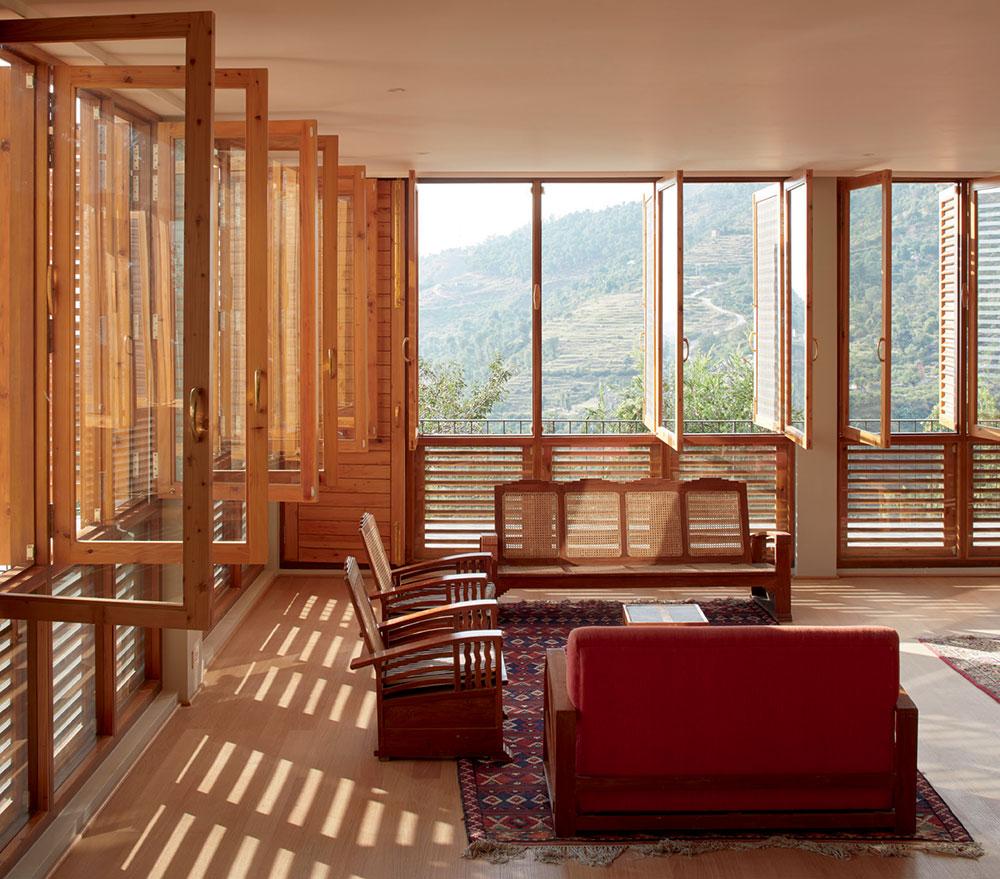
The interior is shaded by pine shutters.
The client, a Delhi-based family of four looking for a weekend retreat, defined the programme, but apart from asking for great views, gave the architects carte blanche. Khosla placed more intimate and inward-looking private areas on the lower level (restricted in terms of views by the site’s sloped nature), while the upper level, which opens up to the landscape, is home to the main living spaces and some of the four bedrooms. Terraces wrap around several parts of the house. Interiors are simple, yet sharp, and materials range from plastered brick to hardwood.
Khosla conceived the house as a light pavilion, underlining the expansive views. At the same time, the stone and brick elements anchor the building to its site, both physically and conceptually. This is a house that is flowing and modern, but is also strongly contextual. ‘We were exploring our own version of modernist and what it means in this context, as well as in the context of contemporary Indian architecture within present society,’ reflects Khosla.
As originally featured in the June 2019 issue of Wallpaper* (W*243)
Receive our daily digest of inspiration, escapism and design stories from around the world direct to your inbox.
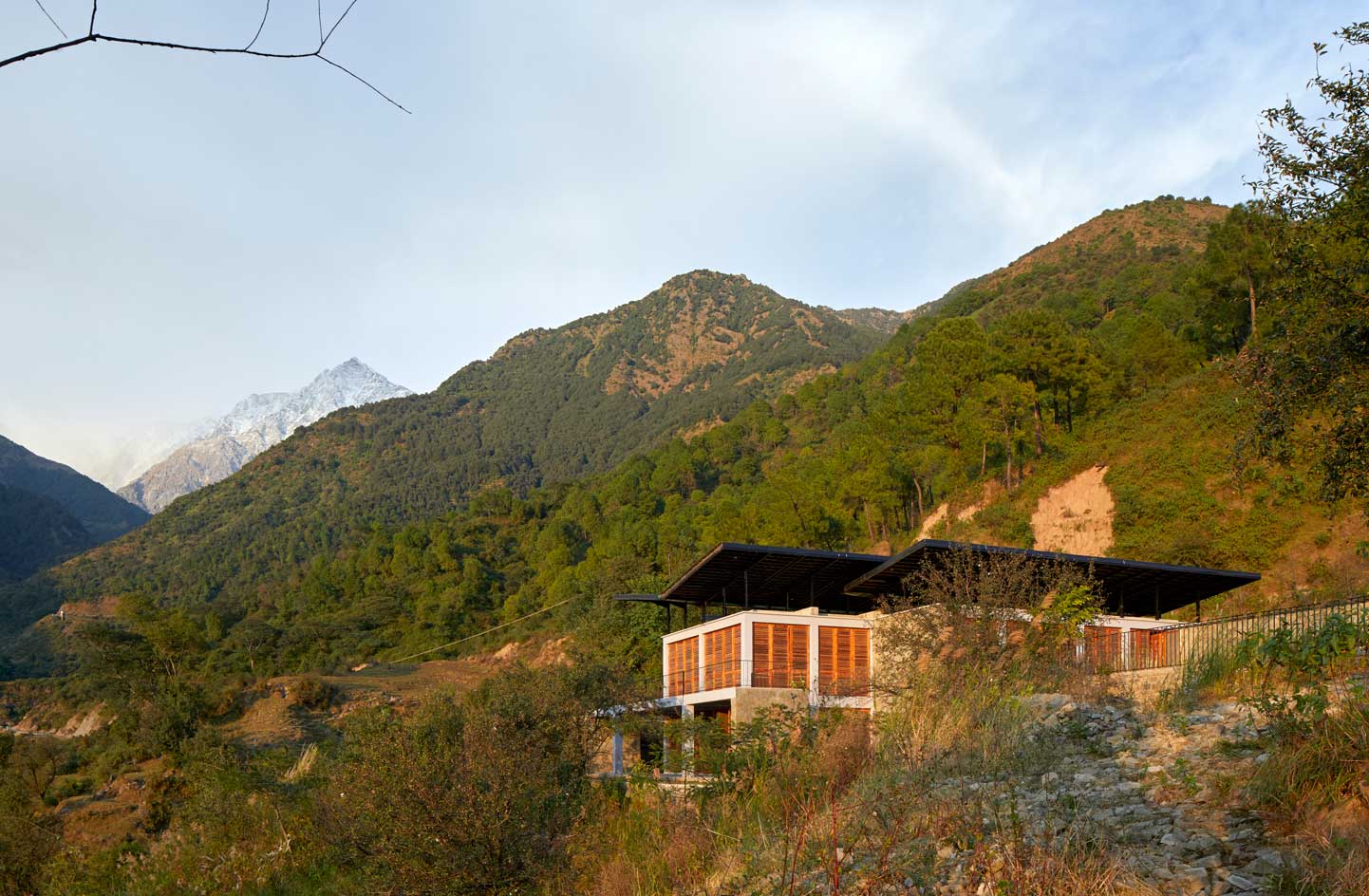


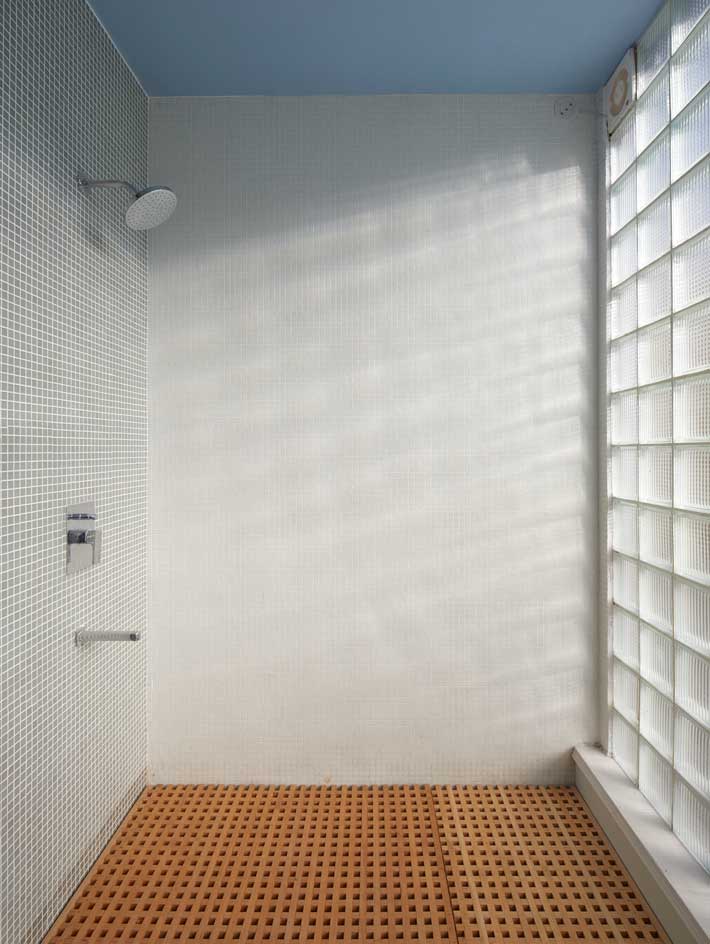
INFORMATION
Ellie Stathaki is the Architecture & Environment Director at Wallpaper*. She trained as an architect at the Aristotle University of Thessaloniki in Greece and studied architectural history at the Bartlett in London. Now an established journalist, she has been a member of the Wallpaper* team since 2006, visiting buildings across the globe and interviewing leading architects such as Tadao Ando and Rem Koolhaas. Ellie has also taken part in judging panels, moderated events, curated shows and contributed in books, such as The Contemporary House (Thames & Hudson, 2018), Glenn Sestig Architecture Diary (2020) and House London (2022).
-
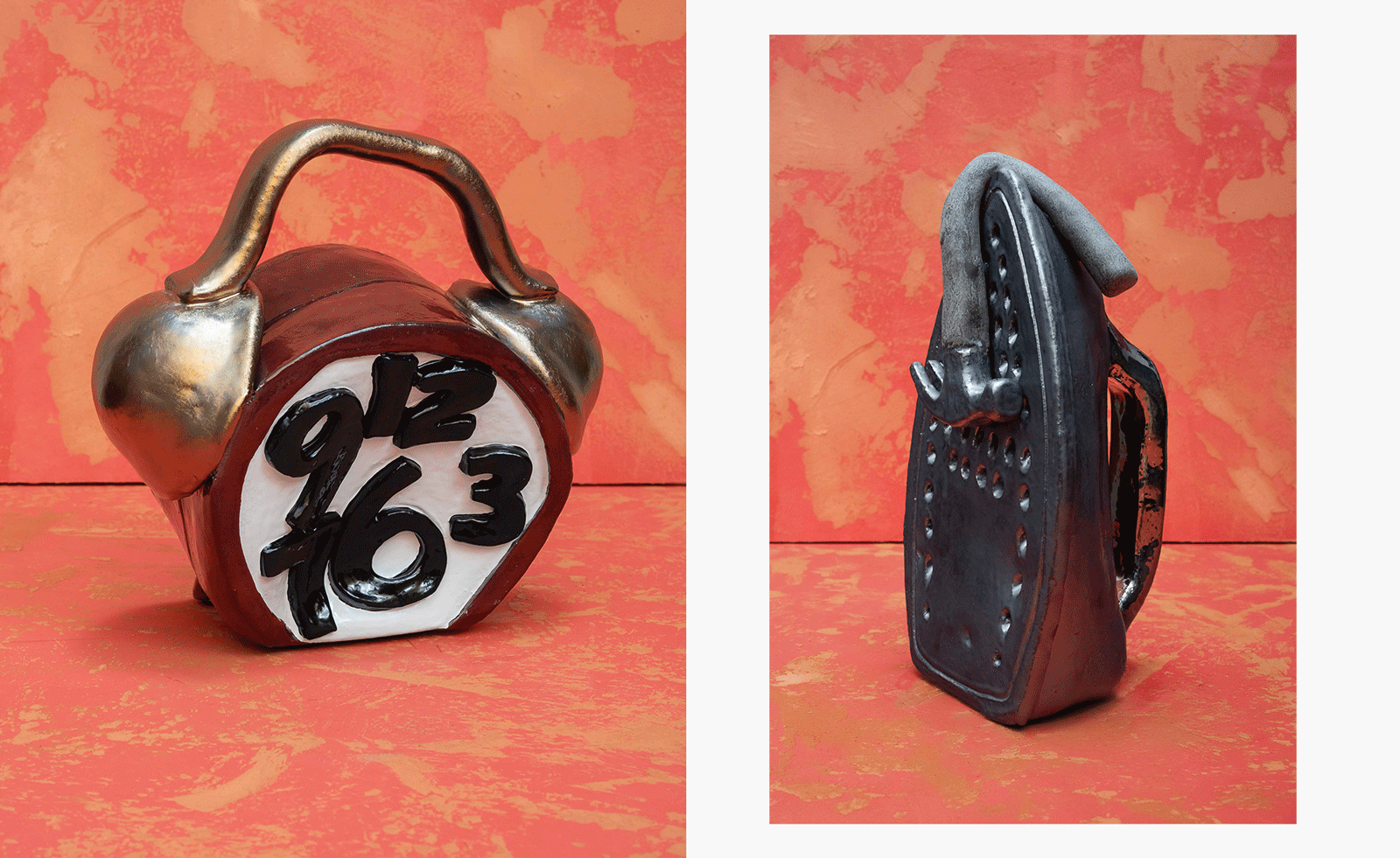 Sculptor Woody De Othello paints a Miami museum red for a show that ‘almost hugs you’
Sculptor Woody De Othello paints a Miami museum red for a show that ‘almost hugs you’The Miami-born, California-based artist opens his first museum exhibition in his hometown as an experiential journey through life and lifeless objects
-
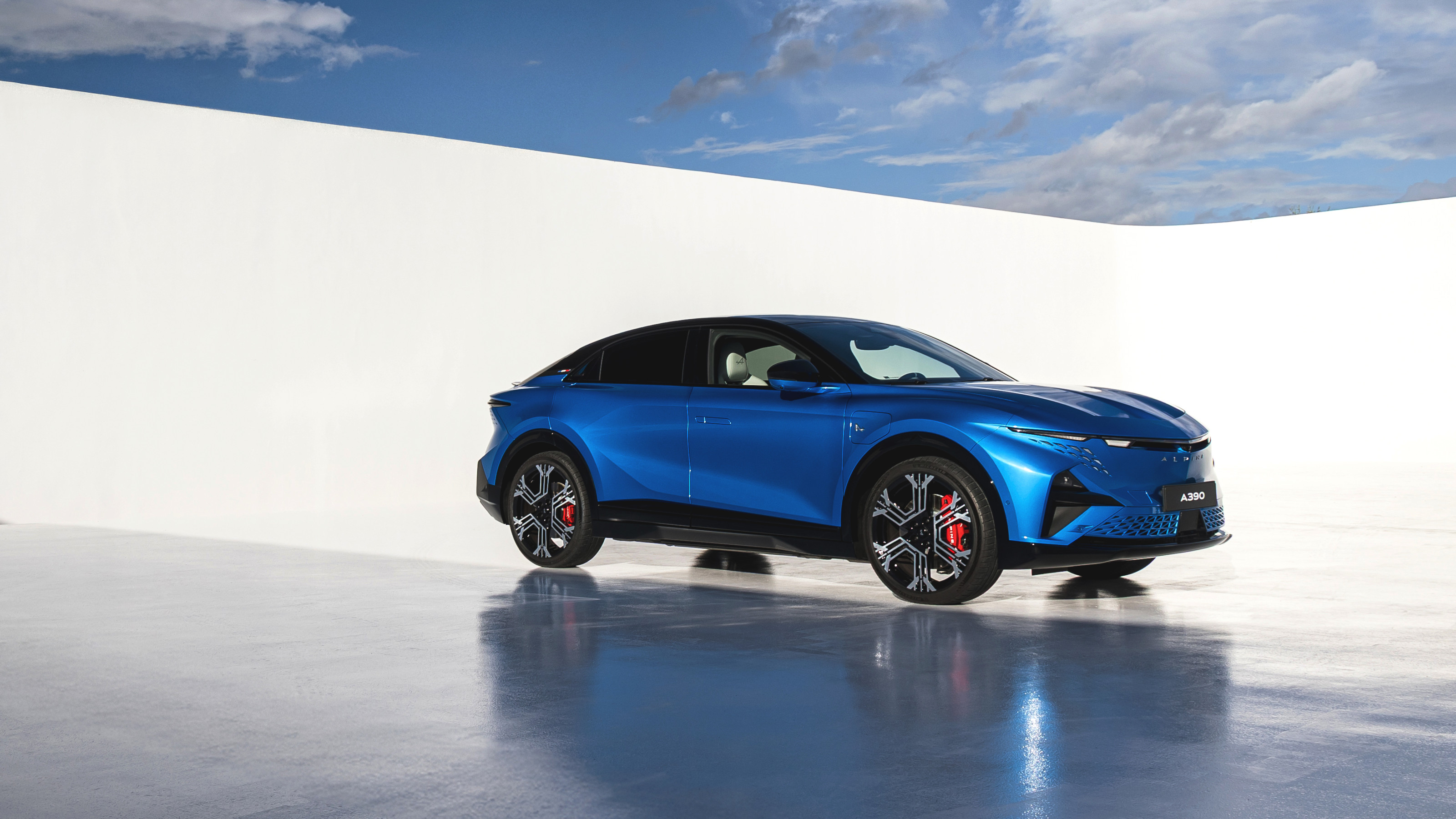 Alpine A390 GT: French, fast and fun. A sporting EV with a real sense of occasion
Alpine A390 GT: French, fast and fun. A sporting EV with a real sense of occasionAlpine doubles down on its fast electric credentials with the A390 GT, the French performance brand’s largest car to date
-
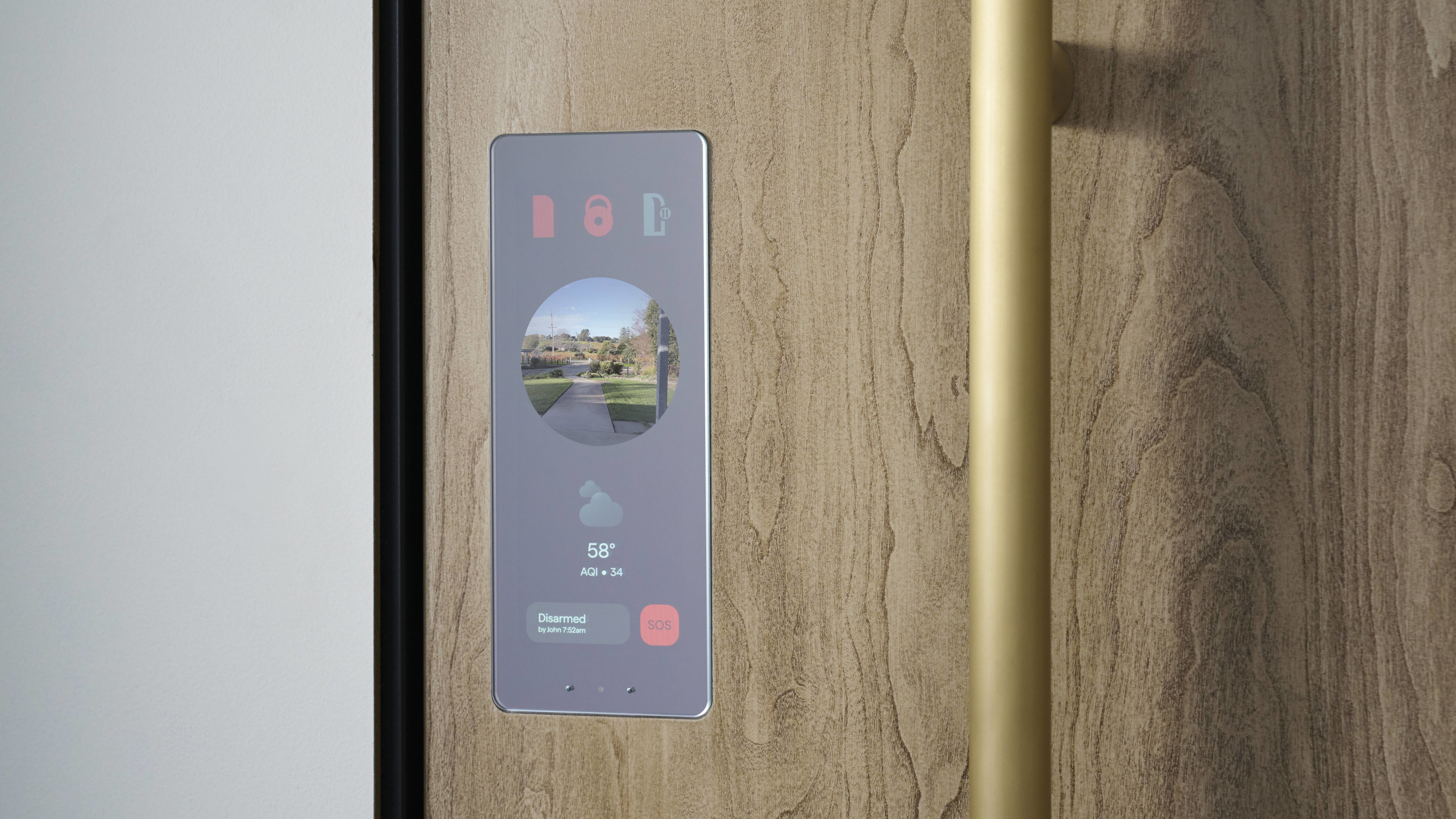 Forget smart homes, Doma's 'intelligent' doors open at the sight of a familiar face
Forget smart homes, Doma's 'intelligent' doors open at the sight of a familiar faceYves Béhar and Jason Johnson have founded Doma, a tech start-up dedicated to seamlessly integrating tech into your daily life
-
 Inside a creative couple's magical, circular Indian home, 'like a fruit'
Inside a creative couple's magical, circular Indian home, 'like a fruit'We paid a visit to architect Sandeep Virmani and social activist Sushma Iyengar at their circular home in Bhuj, India; architect, writer and photographer Nipun Prabhakar tells the story
-
 The Architecture Edit: Wallpaper’s houses of the month
The Architecture Edit: Wallpaper’s houses of the monthFrom wineries-turned-music studios to fire-resistant holiday homes, these are the properties that have most impressed the Wallpaper* editors this month
-
 At the Holcim Foundation Forum and its Grand Prizes, sustainability is both urgent and hopeful
At the Holcim Foundation Forum and its Grand Prizes, sustainability is both urgent and hopefulThe Holcim Foundation Forum just took place in Venice, culminating in the announcement of the organisation's Grand Prizes, the projects especially honoured among 20 previously announced winning designs
-
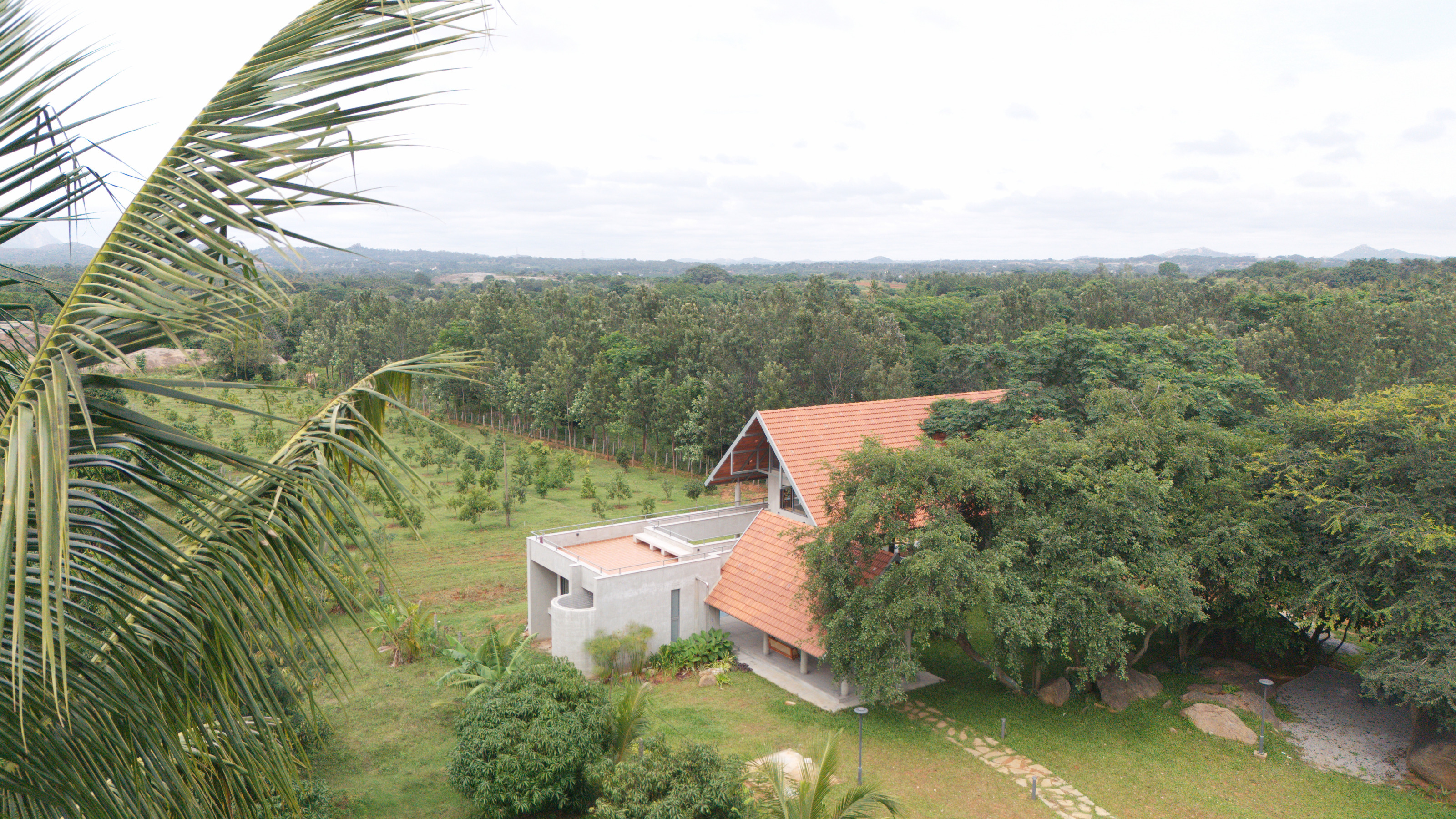 A refined Indian country residence reimagines the farmhouse
A refined Indian country residence reimagines the farmhouseSet among Karnataka’s rolling fields and forest, House by the Grove by Taliesyn Design & Architecture combines modern materials with an open approach to the elements
-
 Half bridge, half home: Wallmakers’ latest project takes architecture to daring new heights
Half bridge, half home: Wallmakers’ latest project takes architecture to daring new heightsHovering above a forest stream in Maharashtra, Bridge House pushes the limits of engineering and eco-conscious design
-
 The Architecture Edit: Wallpaper’s houses of the month
The Architecture Edit: Wallpaper’s houses of the monthFrom Malibu beach pads to cosy cabins blanketed in snow, Wallpaper* has featured some incredible homes this month. We profile our favourites below
-
 Holcim Foundation Awards celebrate sustainability with 20 winners; Sou Fujimoto explains all
Holcim Foundation Awards celebrate sustainability with 20 winners; Sou Fujimoto explains allThe 2025 Holcim Foundation Awards have just been announced, crowning 20 projects from across the globe as the most inspirational schemes in the field of sustainable architecture; we caught up with Asia Pacific jury chair Sou Fujimoto to find out more
-
 Cascading greenery softens the brutalist façade of this Hyderabad home
Cascading greenery softens the brutalist façade of this Hyderabad homeThe monolithic shell of this home evokes a familiar brutalist narrative, but designer 23 Degrees Design Shift softens the aesthetic by shrouding Antriya in lush planting